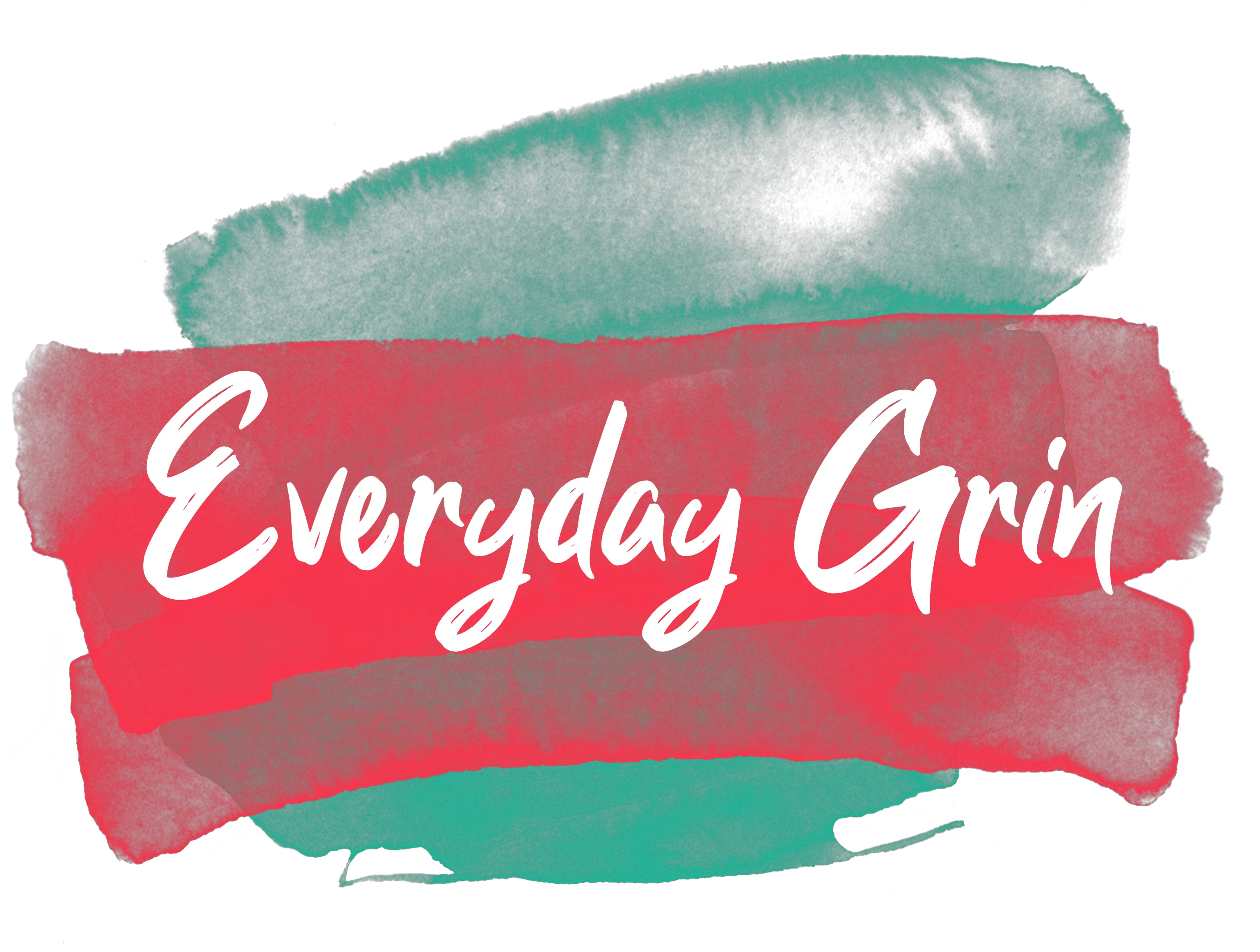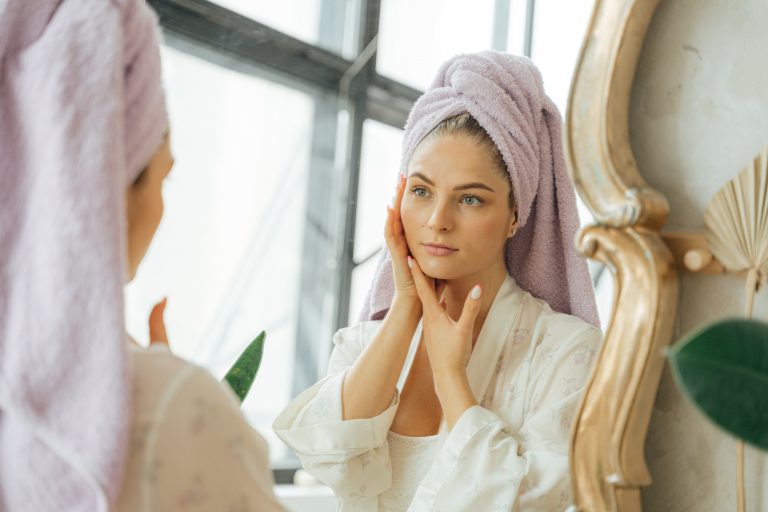Baby lotion is not as great for your face as some expensive creams, but it is classified as a topical emollient. This makes it an inexpensive yet effective moisturizer.
An emollient moistens and softens skin. However, baby oil is not typically used as a facial moisturizer because most brands contain toxic additives and skin irritants such as mineral oil and formaldehyde.
There are many different baby lotion brands, including Aveeno, Curel Moisture Lotion, Eucerin, Keri Lotion, Soft Sense, and Johnson’s baby lotion.
Read labels carefully before you buy. Some lotion brands are more likely to cause adult skin sensitivity than others.
What’s in Baby Lotion?
Baby lotions contain ingredients that can be toxic to the skin. There is no such thing as a natural baby lotion.
All of them contain toxic mineral oil, the ingredient that provides a protective barrier against moisture on the skin. Cocoa butter is closest to being natural baby lotion, but it causes clogged pores, making acne worse.
Baby lotions often contain formaldehyde, a chemical that causes a rash. Always do a patch test patch on your skin before using it on your face. Everyone’s skin is unique.
The mineral oil in baby lotion is a by-product of petroleum. According to the NIH National Cancer Institute, it increases your chances of getting skin cancer.
Baby lotions contain parabens that cause breast cancer. Parabens mimic the female hormone estrogen and generate malignant cells.
Sodium Laureth Sulfate may also be used in a lotion to give it a creamy texture. However, this chemical is a known eye and skin irritant.
Baby Lotion for Adult Skin
Baby lotion can be an expedient substitute for all kinds of products, including moisturizer, make-up remover, shaving cream, and suntan lotion.
It is okay to put baby lotion on your face as it is very light and easily absorbed. However, this top skincare life hack can also saturate your skin with additives and chemicals.
Baby Lotion as A Moisturizer
Baby lotion soothes the irritated bottoms of babies with diaper rash, and it can help adult skin with conditions such as eczema. However, don’t use it on flaky, dry skin that is cracked or bleeding.
Baby products are an excellent go-to skincare solution if you are out of your regular moisturizer. The top layer of skin cells is broken down to create softer skin.
It is a good moisturizer for wrinkles as long as you apply it to damp skin. It sits on the top layer of your dermis if your skin is too dry.
Baby Lotion as Makeup Remover
Baby lotion is a great make-up remover because it contains mineral oil. Mineral oil is the main ingredient in most commercial makeup removers and baby oil.
If you are going to use baby lotion as an eye makeup remover, make sure that it does not contain eye irritants such as “fragrance” or sodium laureth sulfate.
Shaving With Baby Lotion
There is absolutely no reason why you shouldn’t use baby lotion as a temporary substitute for shaving cream as long as you use it on your legs and not your face.
However, baby lotion can clog the skin follicles in freshly shaven areas because it is such a thick emollient. The result is often very red, irritated-looking skin just after shaving.
Baby Lotion for Sunburn
You can use most baby lotions to soothe the stinging of a mild sunburn, as long as you avoid using it on your face.
Baby lotions work better to smooth or moisturize any dried-out, flaky areas of skin that are on parts of the body such as your shoulders, arms, and legs.
Baby Lotion as Suntan Lotion
Baby lotion can be used as suntan lotion as it interacts with your skin chemistry to amplify the sun’s UV rays. For this reason, it is also important not to use too much tanning lotion on your skin, or you could get a sunburn from UV ray exposure.
You could use baby lotion to suntan your face but be aware that it could irritate your skin, especially if it contains fragrance.
Baby Lotion for Dry Skin
If you have extremely dry skin, you might want to check with a dermatologist before using baby lotion.
This is because the mineral oil in the lotion can provoke a cycle of oil production in aging or dehydrated skin that can cause it to become dryer. There are simply not enough fatty acids in baby lotion to truly hydrate and nourish aging facial skin.
Baby Lotion for Sensitive Skin
Even though baby lotion is safe for baby’s skin, it is important to remember that an infant has much thicker skin than an adult.
Adult skin is not baby skin. The oil will act as a barrier that prevents skin hydration.
In addition, the many harmful chemicals and additives in baby lotion can cause sensitive skin to become ruddy and itchy. If you break out in a rash from using baby lotion, trade it in for a fragrance-free natural moisturizer.
How to Use Baby Lotion
Baby lotion is generally safe for all skin types. Do a patch test on your skin if you suspect an allergy to petroleum oil products. Ensure that your skin is clean before you apply lotion to your face, or you will only end up smearing any grime or oils.
Shake it well before application. It is best to apply the baby lotion in a thin layer, as it absorbs quite fast. Some people find that the baby oil absorbs more quickly into the skin when it is wet.
Baby Lotion Warnings
It is probably best not to use baby lotion if you have oily or acne-prone skin as it can clog pores.
Don’t mistake baby lotions for healing agents. Applying baby’s lotions to wounds, swelling, or areas of skin irritation could retard healing and cause an infection.
If your skin seems gray or clammy, you may be applying too much or too often.
As petroleum is an ingredient in baby lotions, they can be surprisingly flammable. So keep the bottles away from space heaters and open candle flames.
Final Thoughts
If you must use baby lotion instead of a regular face moisturizer, apply it sparingly and be sure to avoid eye areas. If possible, buy a lotion free of synthetic fragrances and chemicals that can cause allergic reactions.
Baby lotion is a skincare life hack that should only be used on the face occasionally. However, it is much safer to use it on other body parts such as your hands, arms, legs, and feet.

